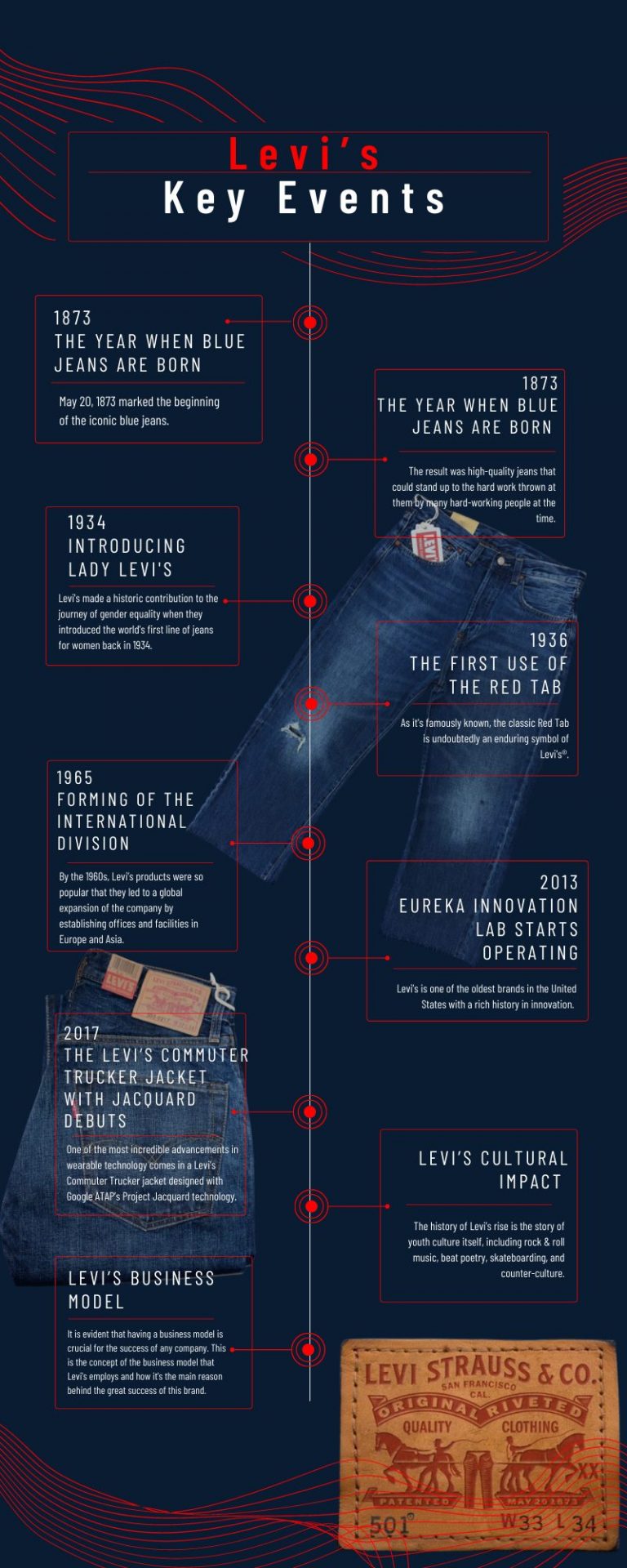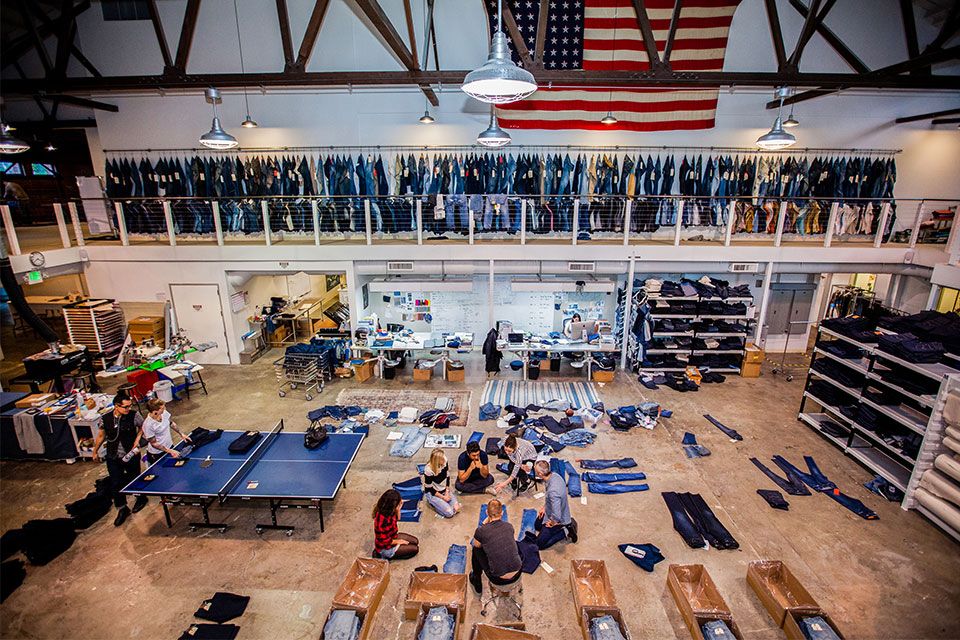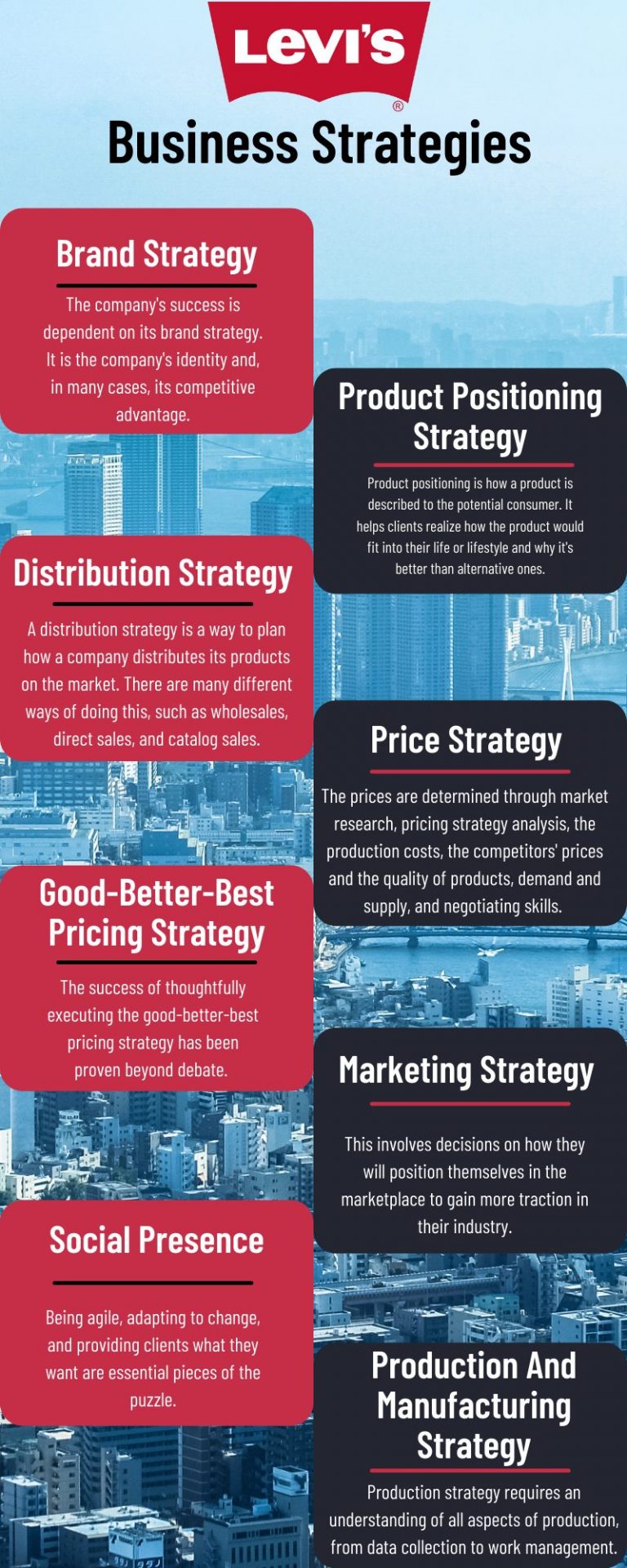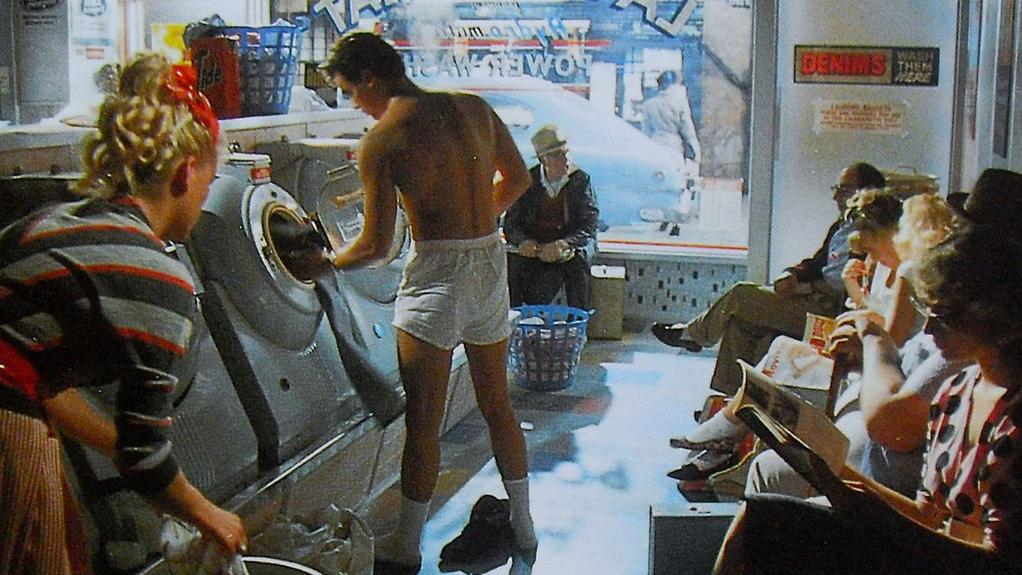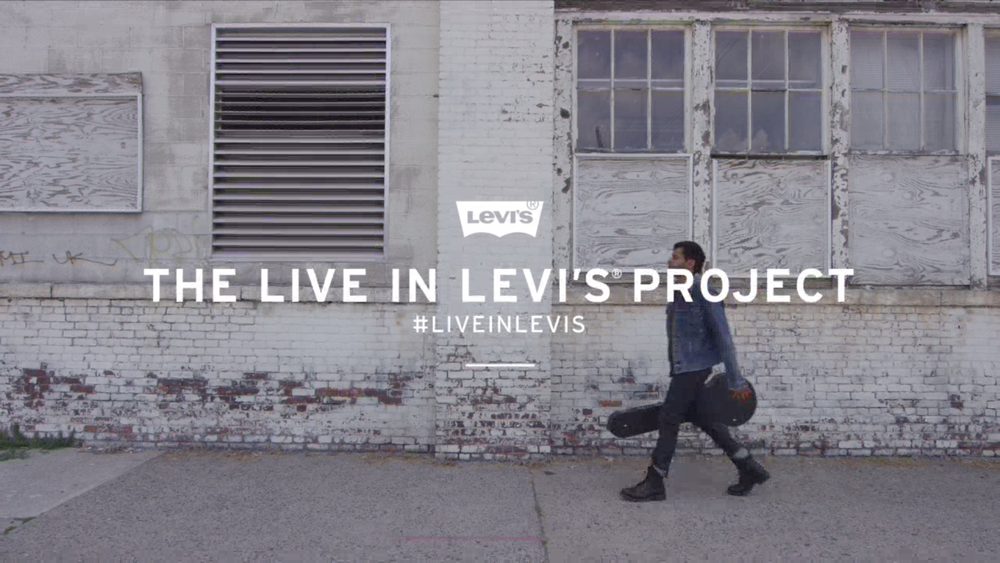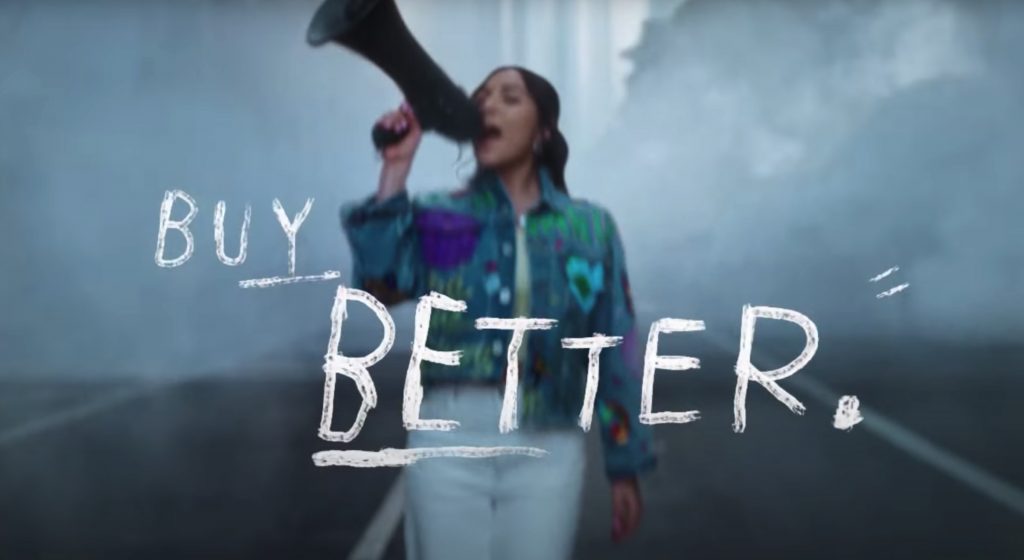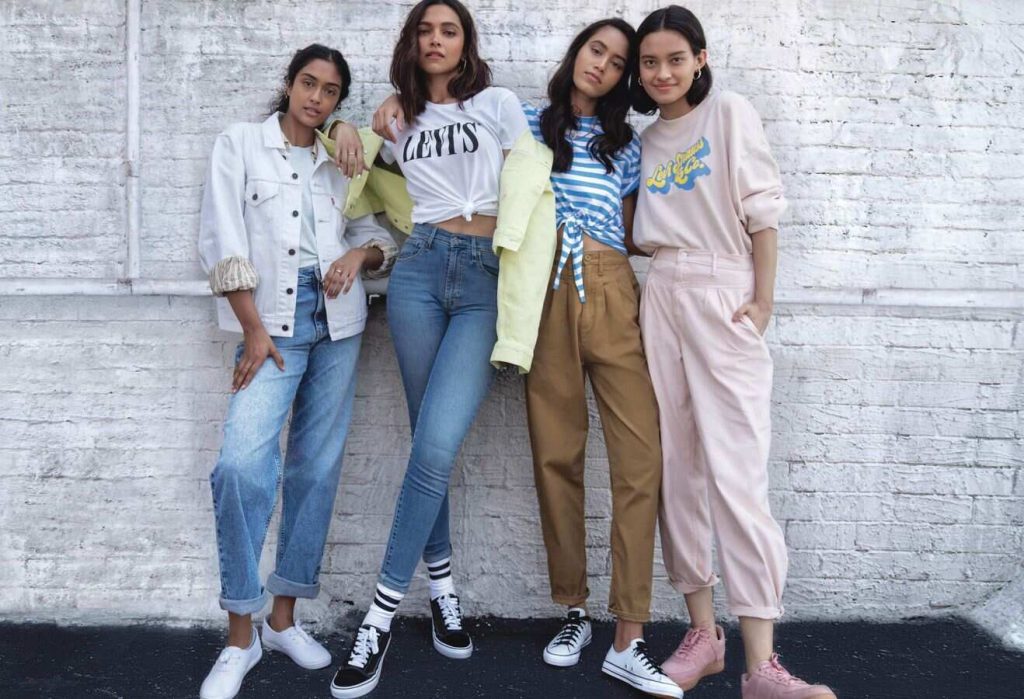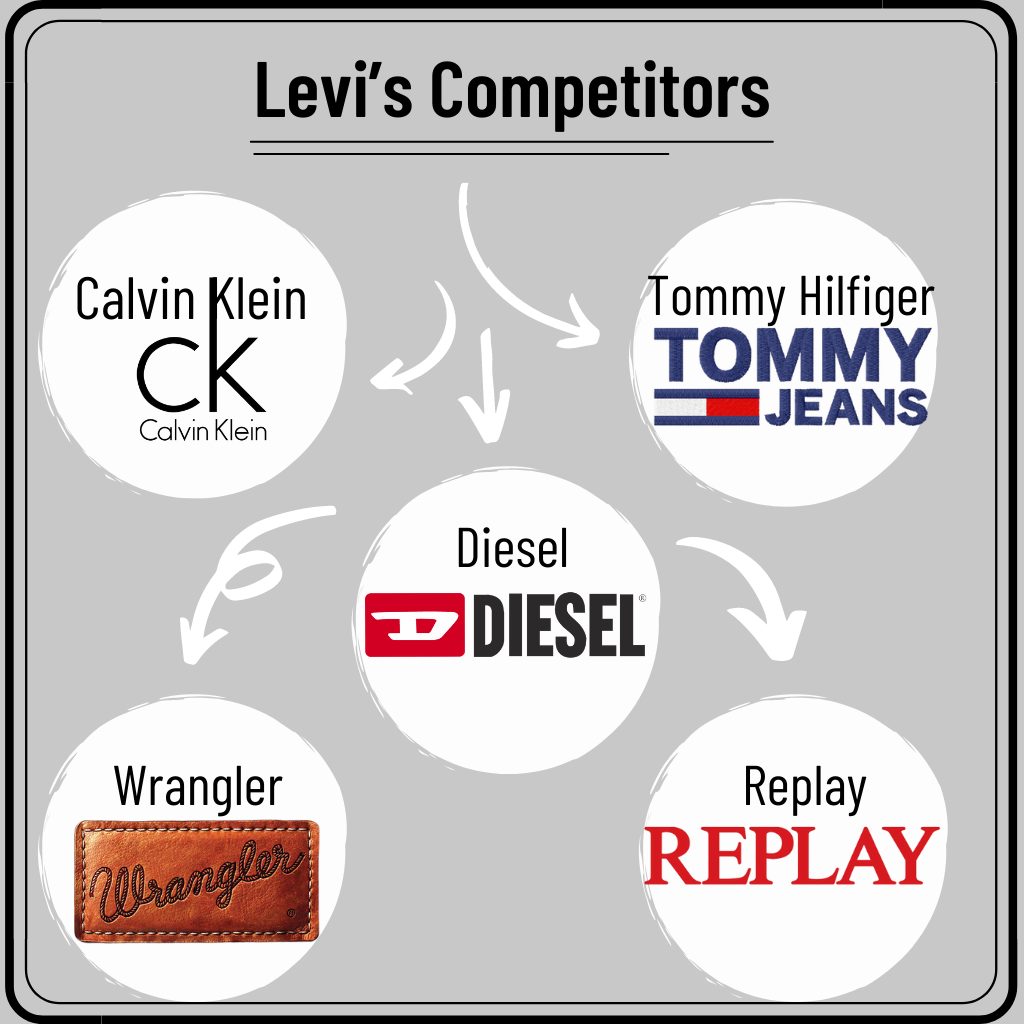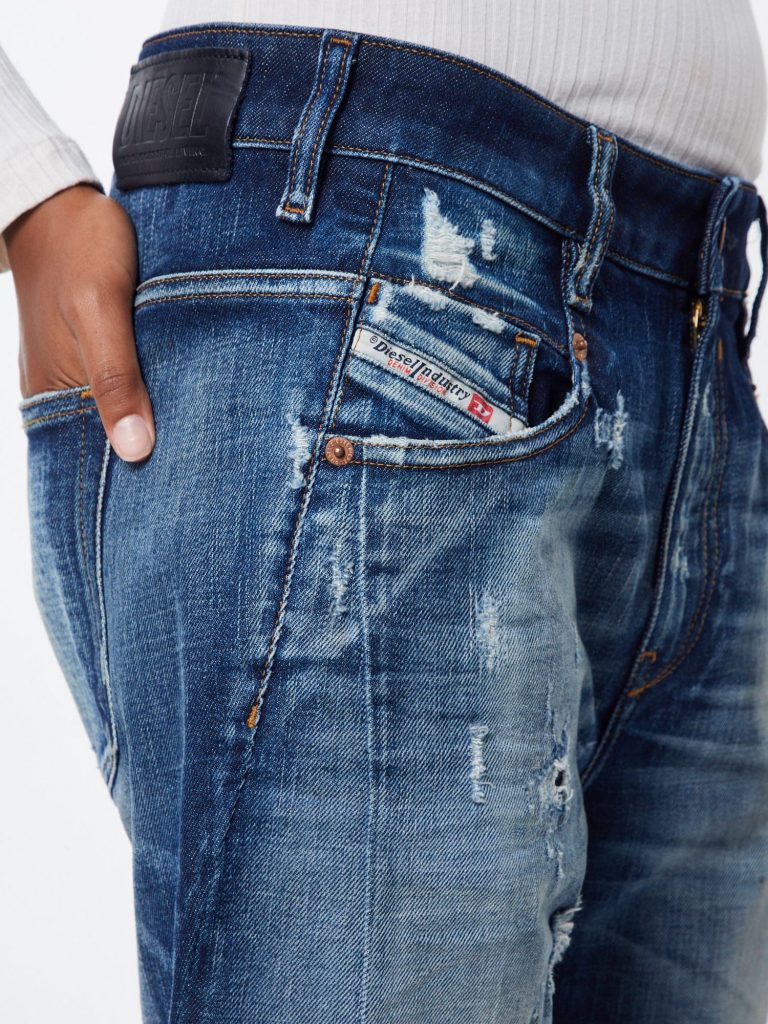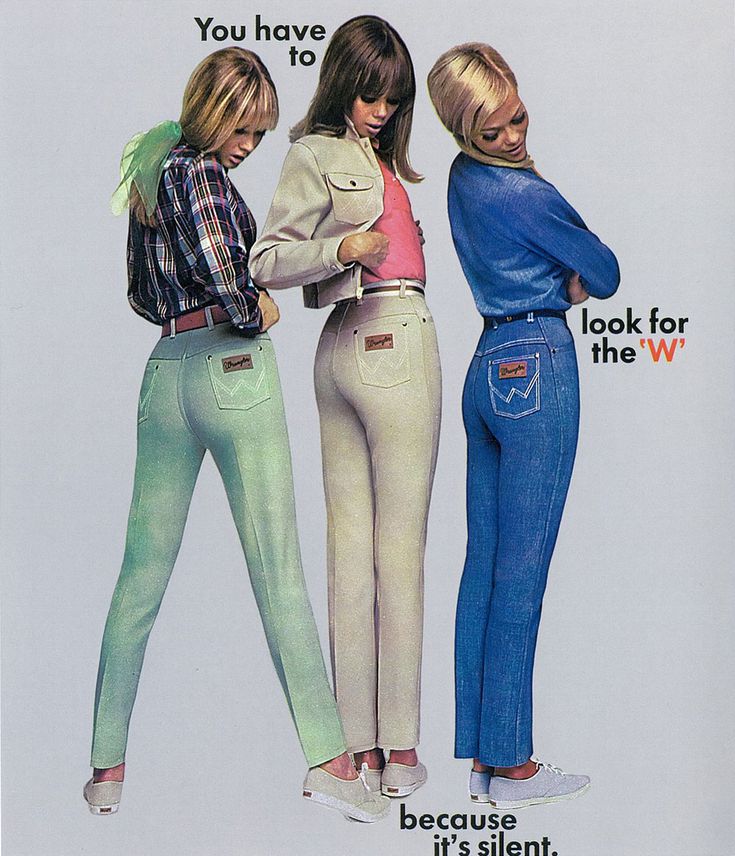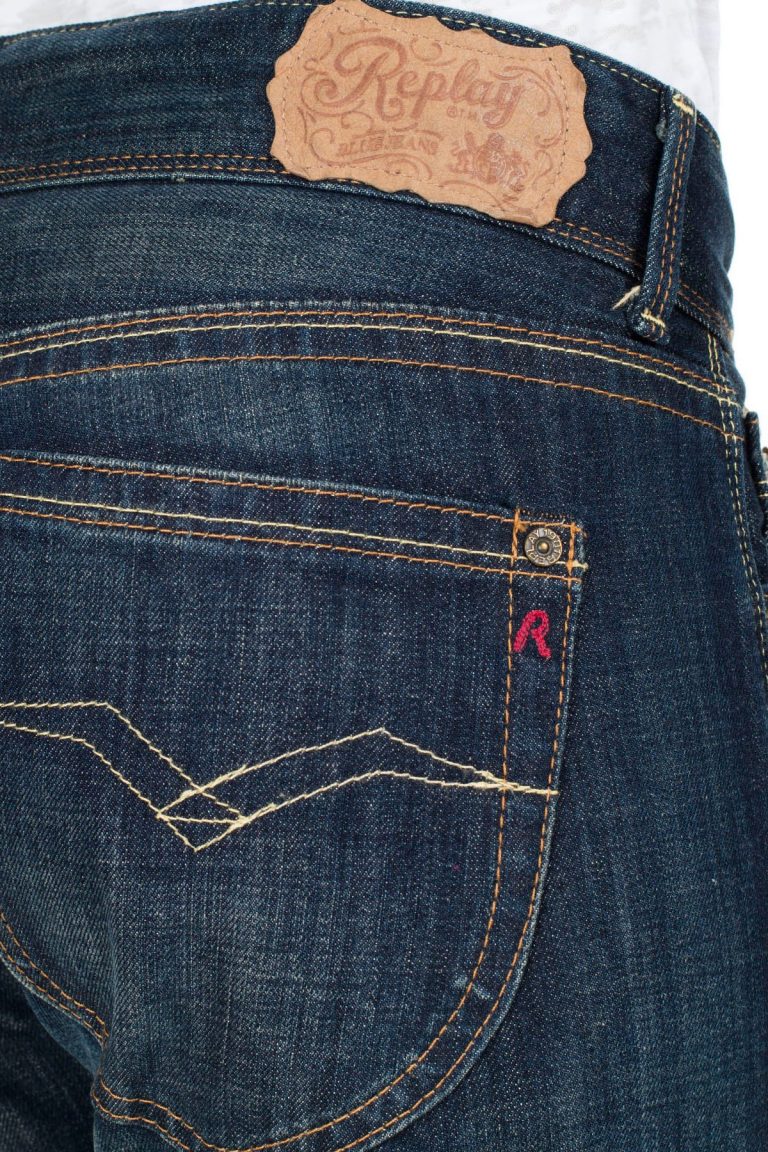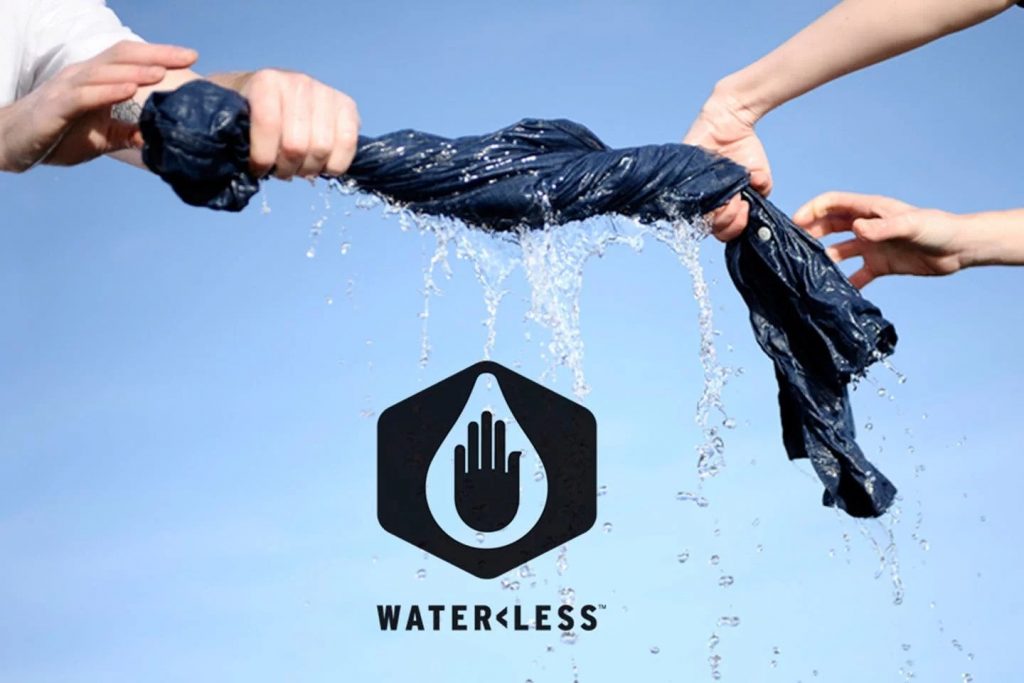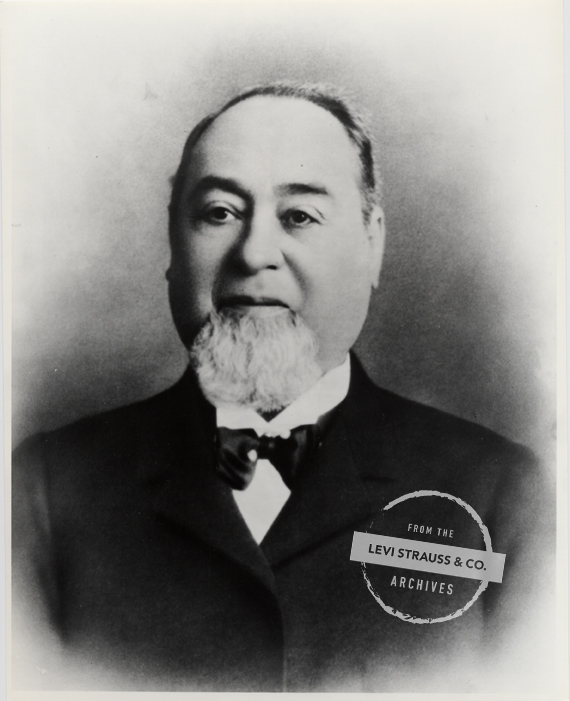One of the biggest challenges that he had faced as the company’s new CEO was setting a direction for the brand that focused on delivering consistent and reliable profitable growth, which is what great companies do. They figure out how to grow year in and year out.
At the same time, he had to strengthen the company’s financial situation. In 2011, the brand had roughly $1.9 billion in gross debt and generated $4.5 billion in sales. So, creating a strategy that would begin to deliver strong financial results and reviewing Levi’s value chain analysis was a top priority for him, and about six months after his arrival, they rolled out the new plan.
It had four key elements, each of them memorable and easy to comprehend:
- Build a profitable core: This was based on the observation that 80% of their cash flow and profits come from men’s jeans and Dockers and sales in their top five countries and their top 10 wholesale clients, mainly department stores.
After that, they concluded that their business had a high market share but relatively low growth.
- Expand: Around the same time, they had a low market share in women’s apparel and weren’t selling enough tops. The general rule in the clothing industry is that most people buy three or four tops for every pair of bottoms, but the numbers they got were just the opposite.
The brand also had very low sales in developing markets such as Brazil, Russia, India, and China, which they saw as a great opportunity at the time.
- Become the leading omnichannel retailer: Even though most of the products were sold in department stores, Levi’s had more than 2,700 stores worldwide and e-commerce websites.
Their brand wasn’t always showcased in various department stores, but in their retail stores, where they controlled the customer’s experience and saw much higher margins on sales.
All this led them to conclude that they should focus on the growth in sales in more department stores, as well as their websites, predicting that, over time, more and more customers will choose the option to shop online.
As we can see now, the new CEO was correct. More and more online shops open every day, and the Covid-19 pandemic just accelerated the method.
- Accomplish operational excellence: The brand needed to cut costs, drive cash flow, and become more data-driven and financially disciplined to be able to invest in technology and innovation.
One of the first steps they took was relocating the Eureka Innovation Lab. The initial location of the lab was in Corlu, Turkey, colocated in one of the factories. To get to Turkey from San Francisco takes more than 12 hours, so, people would travel for a week, once or twice in a year, and there were fortunes spent on shipping samples back and forth.
This was when they raised the question: “How could an apparel company put such a low priority on innovation?” and the following action was clear—opening a new facility four blocks from the company’s headquarters.
Since the lab opened in 2013, their most significant success has been the updated women’s denim line, launched two years later. Their women’s line business had been in decline, and the reason was partly because of the rise of athleisure wear.
Instead of jeans, women were choosing athleisure because it’s more comfortable. So the designers began creating denim with new technologies, such as four-way stretch; fabric that recovers quickly. Consumers loved the stretch, the comfortable and soft material, and the way they looked in the new designs.
Since the relaunch of the women’s line, the sales have increased from less than $800 million to more than $1 billion annually.
The other significant investment came in 2013 when the company bought the naming rights to Levi’s Stadium. This was a 20-year contract with an option for extension to 25 years, worth $220 million. Bergh knew that the people attending concerts and NFL games are Levi’s core customers, so this would put the brand back at the center of attention.
When the Super Bowl was played in Levi’s Stadium in 2016, the experts estimated that the brand exposure from that week was worth a significant amount of what was paid for the naming rights.
Part of their new strategy was to live with one foot deeply planted in their history and the things that have made them popular, while taking the other foot and stepping into a future full of innovation.
One example was the mix between the old and new in their iconic trucker jacket. They collaborated with Google to create a wearable technology version that lets you control your iPhone from your jacket sleeve. As a result, sales of all Levi’s trucker jackets grew by nearly 40% that year.
Website and company-owned retail locations sales have grown 51% in the last few years, showing that consistency and smart work is the true recipe for this brand’s success and achieving the goal of being a world-class omnichannel retailer.
The company is now making significant progress and has doubled in value. In addition, they have dramatically increased their investment in advertising, with great ROI. They have more than 3.100 stores now, continually opening new ones.
Levi’s lost a generation of customers in the early 2000s, but now they are gaining momentum as they bring them back.



